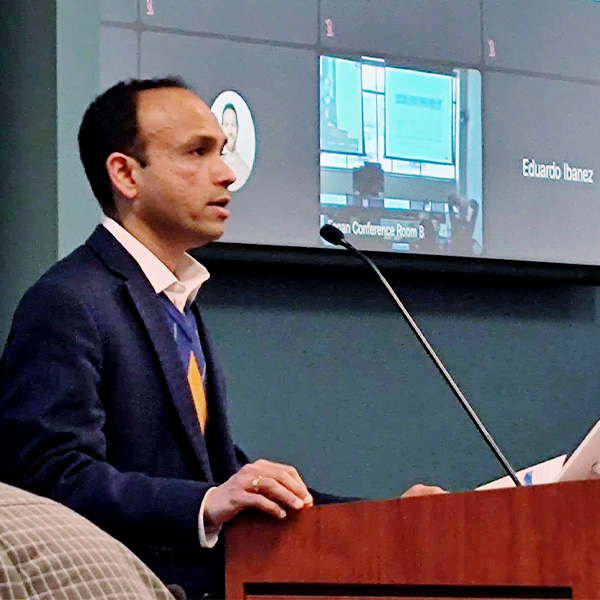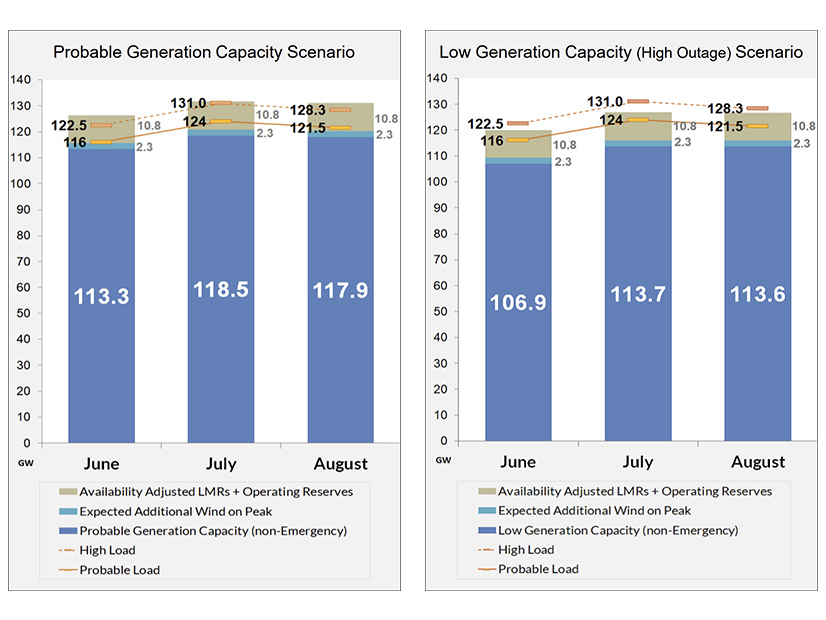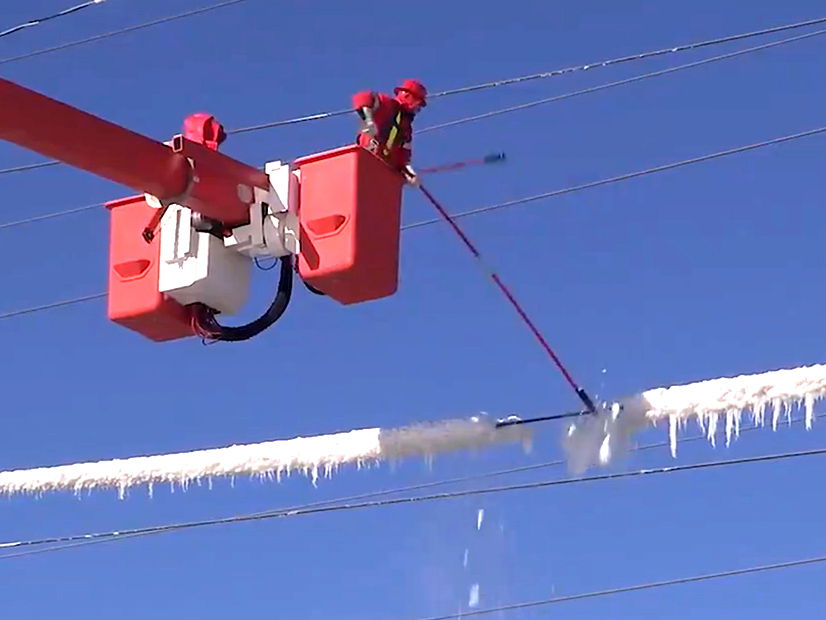load-modifying resource (LMR)
MISO said it will likely split load-modifying resource participation into two options in an effort to line up their true contributions with accreditation.
Because of resource adequacy risks, MISO may need to place tougher requirements on load-modifying resources and devise new, nonemergency means to use load offsets that can't meet new standards.
PJM's real-time LMPs and congestion costs both spiked in the first half of 2022, driven by increasing fuel prices and loads, the IMM reported.
MISO is evaluating new recommendations from its Market Monitor that include transmission reconfiguration plans, reducing out-of-market commitments and more.
MISO warned that even a normal amount of demand and generation outages will likely send it into emergency procedures this summer.
A MISO emergency declaration is almost a certainty in January if harsh weather meets unforeseen generation outages.
MISO hopes to have a new demand-side management tool fully operational by July for its members to manage their load-modifying resource fleets.
FERC allowed MISO to edit its tariff to clear up performance rules for load-modifying resources. Its new ruleset clarifies how performance is evaluated.
Voltus, a DR aggregator, has asked MISO market participants not to rely on 2020 data for the 2021/22 enrollment of load-modifying resources.
Demand response aggregator Voltus filed a complaint with FERC challenging the state opt-out provision in Order 719.
Want more? Advanced Search









